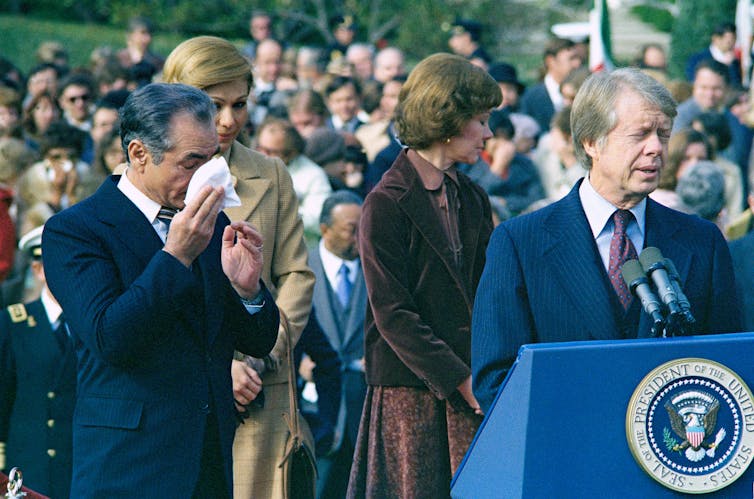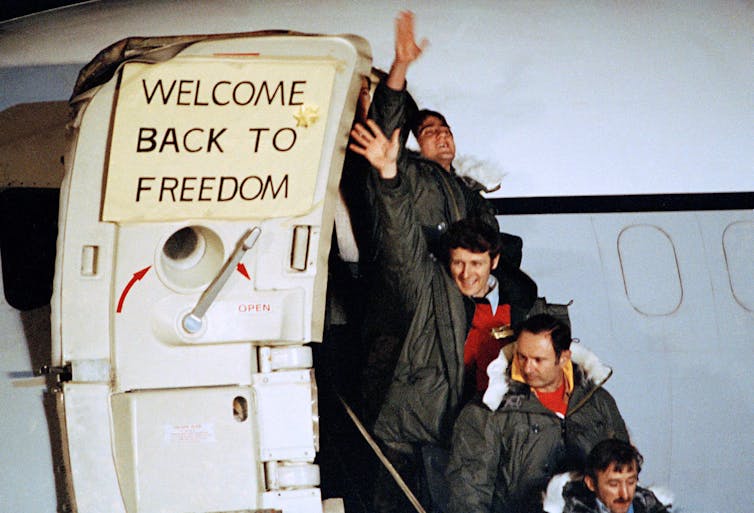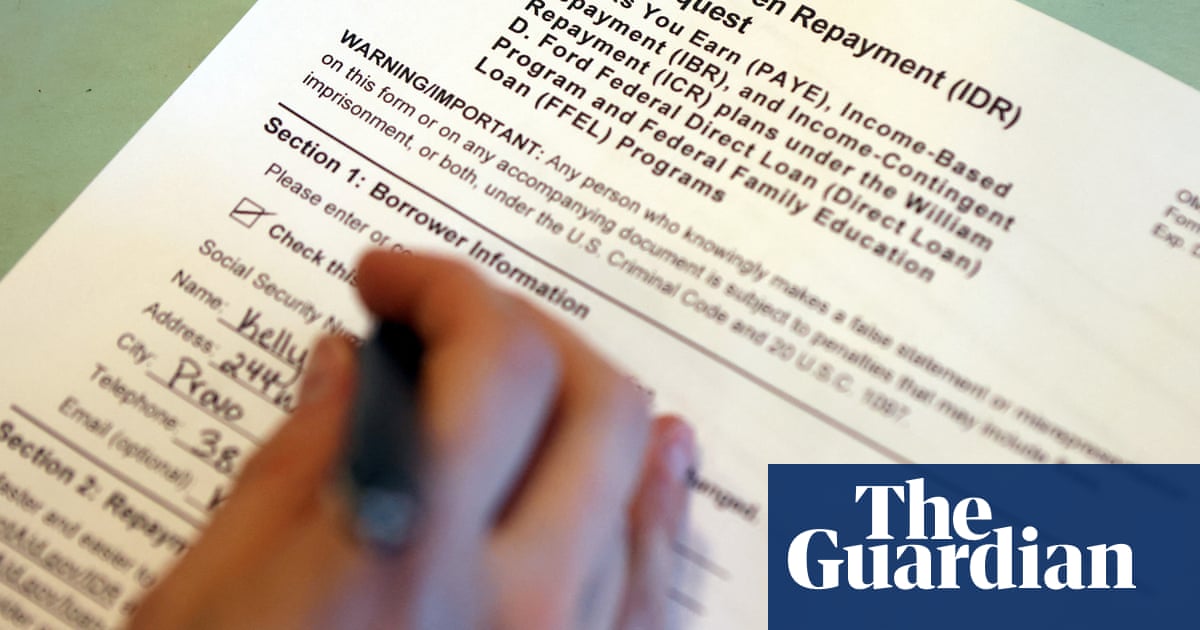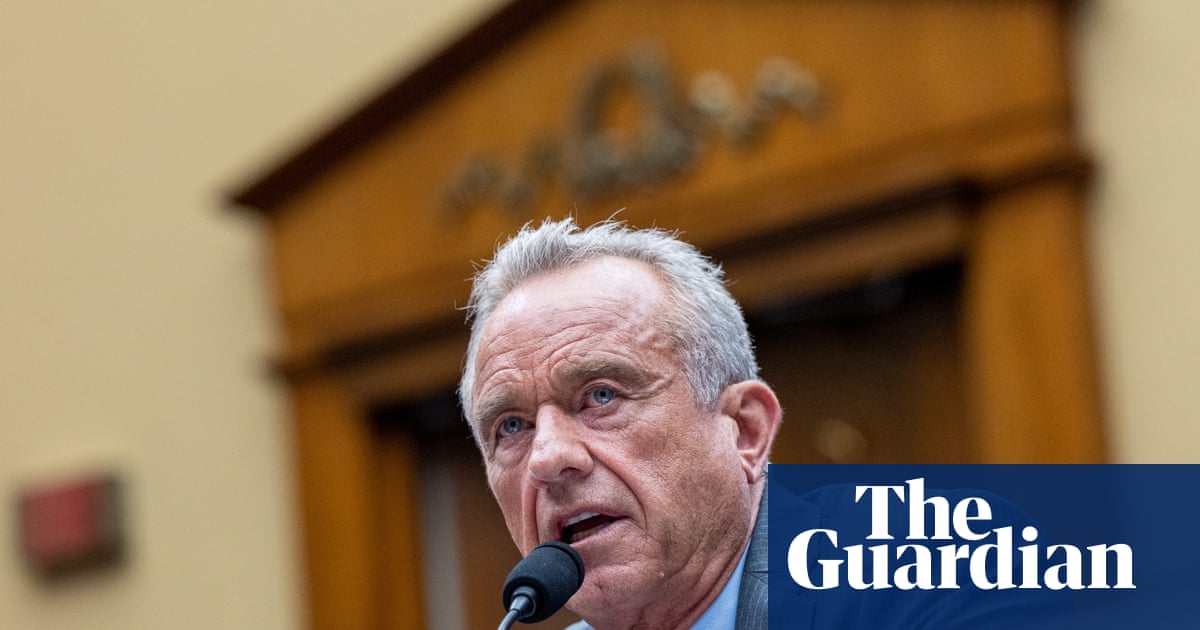The Trump administration’s decision to bomb Iran dramatically marks the now nearly half-century of hostility between the United States and Iran, which began in 1979 with Iran’s takeover of the U.S. Embassy in Tehran and the taking of 52 diplomatic hostages.
It remains uncertain whether the Iran-Israel ceasefire will hold, given President Donald Trump’s seemingly impulsive policy decisions and an Israeli leader who critics say pursues war to stay in power.
Additional unpredictability can be seen in a weakened Iran government that is unpopular with its own people but must also bet that standing up to the U.S. and Israel will induce its people to rally around the flag, even if they don’t like who holds that flag.
As a U.S. international relations scholar, I think whatever comes next will be well informed by what has already happened in U.S.-Iran history. That includes an offer from Trump – who considers himself the consummate negotiator – to Iran to return to the negotiating table.
The shah’s last visit to Washington
The opening bracket in modern U.S.-Iran relations was the 1979 Islamic Revolution that overthrew Shah Mohammad Reza Pahlavi,“ whom a CIA covert action had restored to leadership a quarter-century earlier.
As a young National Security Council staffer, I stood on the South Lawn of the White House as the shah’s helicopter landed in 1977 for a state visit to his close ally, the United States.
The episode was perhaps a metaphor for the two countries’ relationship. I stood next to a colleague who had written for President Jimmy Carter remarks that included fulsome praise of the shah, but his crack to me was: "You’ll recognize the shah. He’s the one with blood under his fingernails.” Beneath a formal alliance, there was a good deal of cynicism on the U.S. part about the shah’s repressive regime and use of secret police to suppress opposition.
Pro- and anti-shah protesters were demonstrating at the bottom of the Ellipse, the park south of the White House grounds. The U.S. Park Police, understandably but unwisely, sought to separate them with tear gas, which then wafted over the proceedings on the South Lawn.

The impact of the hostage crisis
It’s impossible to overstate the effect of the 1979 hostage crisis, when Iranian students seized the U.S. Embassy in Tehran, holding 62 American hostages for 444 days.
The Carter administration negotiated the Algiers Accords, which led to the release of the hostages in January 1981. There have been persistent accounts, none ever fully validated, that the incoming Reagan administration dealt with Iran to delay the release until after the new president’s inauguration.
The crisis not only cost Carter his job, but it also cast an enduring shadow over the U.S.-Iran relationship, compounding Americans’ difficulty in understanding a regime that was not only theocratic but Muslim.
The 1980s witnessed a whipsaw of relations.
From 1980 to 1988, as Iran and Iraq fought a bloody war to a stalemate, the U.S. saw the power of both countries contained, but it did provide intelligence and logistical support to Iraq.
Then came the Iran-Contra Affair of 1985 to 1987. It was the Reagan administration’s most serious scandal, in which White House officials illegally sold sanctioned arms to Iran and secretly diverted the proceeds to the Nicaraguan Contras. In a moment straight out of comic opera, National Security Council aides brought a goodwill chocolate cake to Tehran during a secret diplomatic mission in May 1986.

In 1988, a U.S. ship struck an Iranian mine in the Persian Gulf. The U.S. retaliated by destroying oil platforms and damaging Iranian ships in “Operation Praying Mantis,” and tragically – and mistakenly – shot down Iran Air Flight 655, killing 290 civilians.
The 1990s and 2000s again displayed the limits of the relationship.
In 1995, President Bill Clinton imposed an oil and trade embargo against Iran, and Congress passed the Iran–Libya Sanctions Act in 1996, which imposed economic sanctions on companies doing business with Iran and Libya.
In 1998, Iranian President Mohammad Khatami called for a “dialogue of civilizations,” prompting cautious U.S. signals of engagement.
Then, in 2002, President George W. Bush labeled Iran part of the “axis of evil,” a sharp rhetorical escalation. For its part, Iran alleged U.S. drone incursions and covert operations. Limited diplomatic back channels emerged, but to no outcome.
In 2009, President Barack Obama reached out to Tehran amid post-election unrest in Iran, but two years later Iran threatened to close the Strait of Hormuz, a crucial route for oil shipments to the West.
In 2015, the two countries were party to the Joint Comprehensive Plan of Action, with Iran agreeing to limit its nuclear program under international oversight.
Two years later, though, President Trump withdrew from the nuclear deal and reimposed sweeping sanctions in a “maximum pressure” campaign.
In 2019 and 2020, a series of tit-for-tat escalations culminated in the Jan. 3, 2020, U.S. drone strike that assassinated senior Iranian General Qassem Soleimani. Iran retaliated with missile strikes on U.S. bases in the region.
U.S. sanctions continued in the Biden administration as Iran pursued deeper ties with Russia, China and nonstate proxies, especially Hezbollah in Lebanon and the Houthis in Yemen.
What lessons?
What can be learned from this tangled history?
First, that negotiations are possible between the two countries, but they are neither easy nor likely to produce more than limited outcomes. Indeed, high-level indirect talks mediated by Oman began in April 2025, though they were in suspension when the U.S. bombers struck.
Second, despite the Iran regime’s unpopularity, regime change in Iran is unlikely. Assassinating Ayatollah Ali Khameini would likely abet the “rally ‘round the flag” effect, as did the assassination of Soleimani.
Third, Iran has been careful in its responses even to Israeli aggression but especially in engaging the U.S. in military conflict, a caution the American B-2 bombings on June 21 can only underscore.
Iran had to retaliate, so the attack on the U.S. base in Qatar came as no surprise. But Iran was careful in retaliating, even notifying the U.S. in advance.
The dropping of U.S. bombs, followed by Iran’s careful retaliation, was the opportunity for Trump to make an offer Iran couldn’t refuse.

 German (DE)
German (DE)  English (US)
English (US)  Spanish (ES)
Spanish (ES)  French (FR)
French (FR)  Hindi (IN)
Hindi (IN)  Italian (IT)
Italian (IT)  Russian (RU)
Russian (RU)  6 hours ago
6 hours ago
























Comments